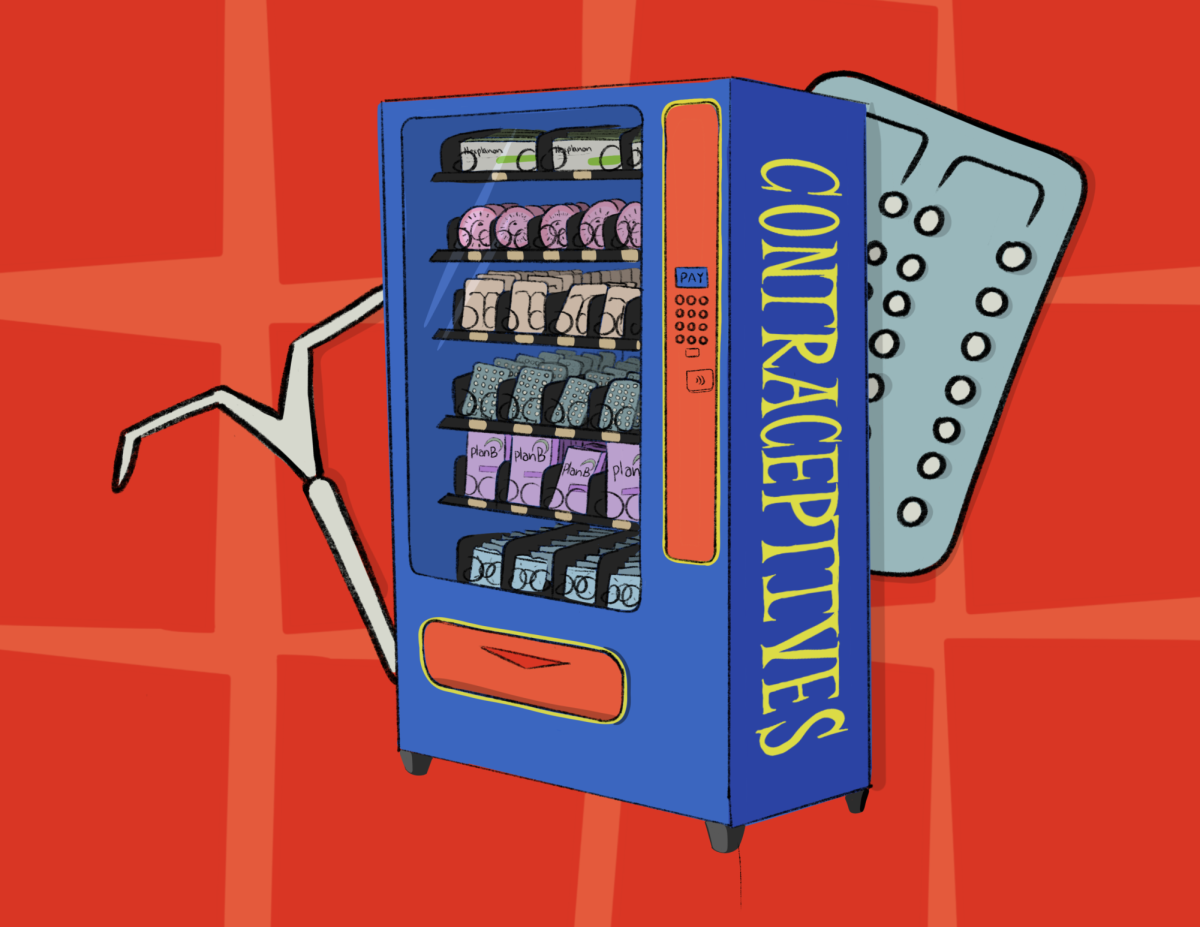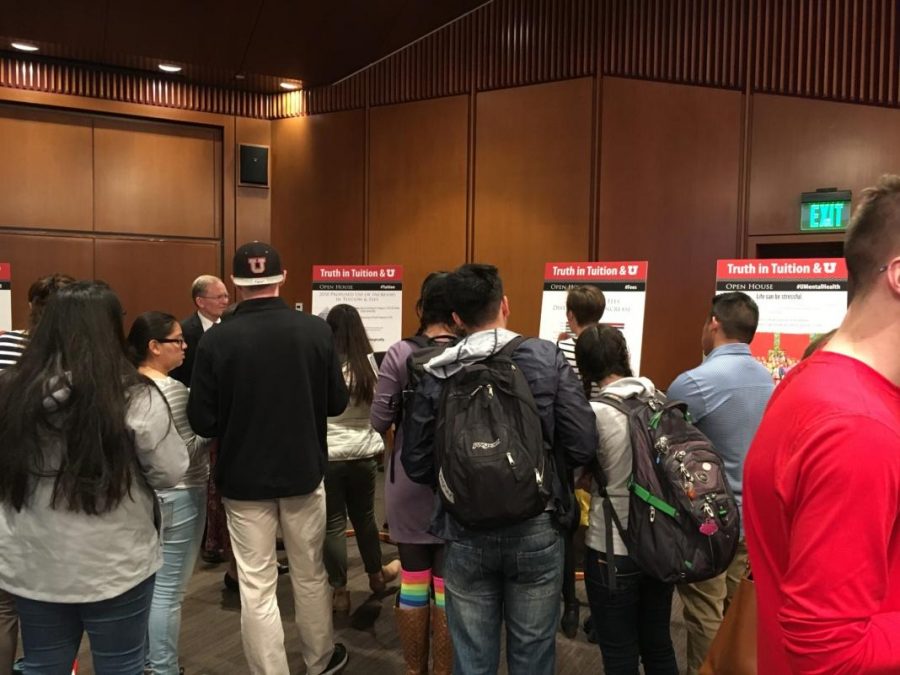Following an established tradition, the Utah State Board of Regents approved a tuition increase of 1.5 percent for the entire Utah System of Higher Education on March 31, 2018. The decision was made following a particularly generous legislative session, wherein lawmakers appropriated an additional $68.4 million for higher education or a 7.9 percent increase over the previous fiscal year. The University of Utah added a second-tier increase of 2.5 percent above the base tuition amount, resulting in a cumulative 3.9 percent hike for the 2018-19 academic year.
Administrators and students gathered at the Truth in Tuition forum on March 13, 2018 to discuss the tuition increase. The session is mandated annually by the Board of Regents as an attempt to explain why academic fees will rise. From 2012 to 2019, resident tuition at the U will have increased by 28.1 percent. These alterations to the financial structure have been used to fund academic and extracurricular programs, in addition to computer networks and construction expenses.
Approximately 87 percent of students received financial assistance at the U in 2016, and many will find the tuition increases next fall quite burdensome; however, these alterations do not necessarily shed light on the skyrocketing student and departmental fees. Information from the Office of Budget & Institutional Analysis (OBIA) indicates that the highest three categories of student fees—buildings, computing and athletics—cost full-time students $320.95 last year. An additional $45 will be added next year to pay for the Carolyn and Kem Gardner Building, replacing the former Orson Spencer Hall Building near the Marriott Library.
Rivaling such heightened expenses are program fees endemic within the business, nursing and engineering programs. According to Financial and Business Services, upper-division business courses cost an additional $197.68 per credit hour, while Business Scholars must pay $30.00 more per credit hour. Upper-division nursing courses cost an extra $81.19 per credit hour, while upper-division engineering courses charge $54.36 per credit hour. An estimation of fees and tuition costs can be found here, though residents can expect to pay an average of $310.00 more, while non-residents will be charged approximately $980.00 extra for the 2018-19 academic year.
According to a study reported by The Atlantic, tuition increases have outpaced inflation in the United States by a factor of three; unfortunately, much of the 28.1 percent rise under former University President David Pershing was shrouded from the public. Though OBIA does report a tremendous amount of demographical data, departmental spending is hidden behind portals and passwords. Former requests from The Daily Utah Chronicle writers for those figures have been either rejected or prolonged, with some reports indicating that there is potential confusion over how funds are being allocated.
These tales of disarray are distressing, especially given the tremendous revenue made by the university from tuition. Though Pershing had the authority to release those figures to the public, he quietly chose to allow department chairs to oversee the funds streaming into their programs from students and the public. Releasing the data is now the responsibility of President Ruth Watkins, who must also address why the university continues to employ 54 full-time—and no part-time—librarians. Otherwise, the OBIA platform is equivalent to census data that explains the populace which comprises the university but mentions nothing of its spending.
Despite a legislative session that left Utah’s commissioner of higher education bragging that “the legislature prioritized higher education funding this year, funding our top priorities and budget requests,” students can expect to see annual tuition increases nonetheless. These come as universities try to remain well ahead of inflation while simultaneously paying for stagnating athletic programs and hidden expenditures. The Truth in Tuition forum has already become a tiresome dance wherein overburdened staff are made to quell momentary anger from the proletariat about financial changes.
The U should embrace a mindset that seeks to balance growth with conservative spending. Those who extoll the virtues of being fiscally conservative and socially liberal ought to speak up and demand that the U does not go into debt constructing another building. Sure, a tuition increase of 3.9 percent sounds rather benign, but that totals anywhere between $300.00-900.00 per student each year, depending on residency status. By the time a resident who matriculated in 2016 graduates four years later in 2020, tuition will have raised by approximately $950.00, should it continue by current standards.
Comparing ourselves to other states and using studies to affirm that “Utah has the third-lowest tuition and fees at its public universities in the country” is a ridiculous measurement that benefits from massive nationwide tuition increases. Should a college education be free? Absolutely not, considering that taxpayers would be the ones to take the brunt of that responsibility; nonetheless, university officials have a responsibility to students to provide open access to funding information and a promise to keep costs low.
President Watkins, this is your responsibility now. We hope you choose wisely.






















